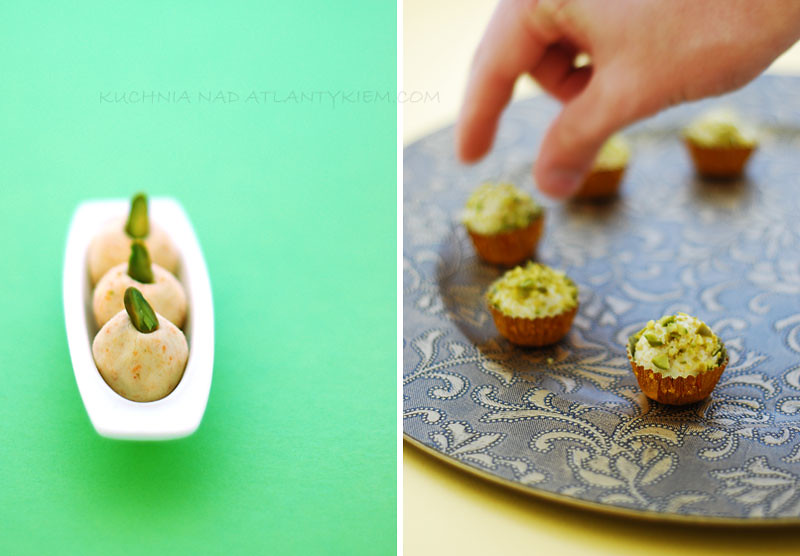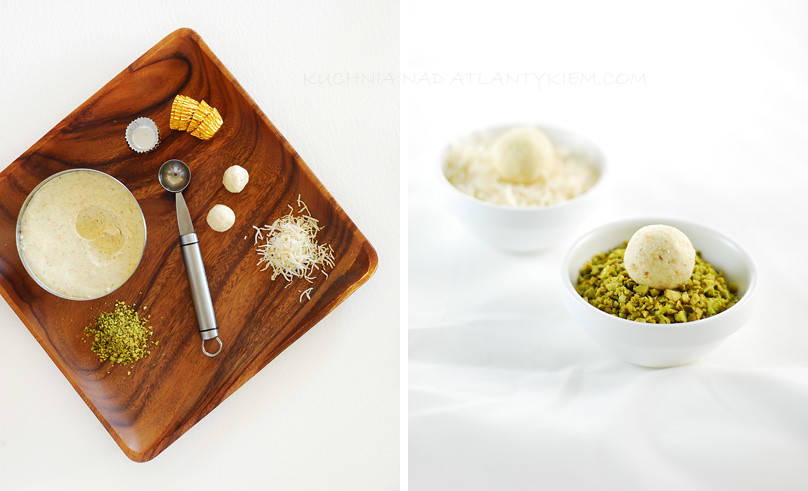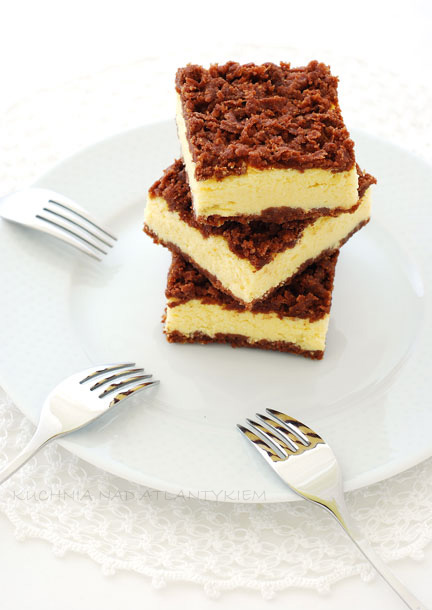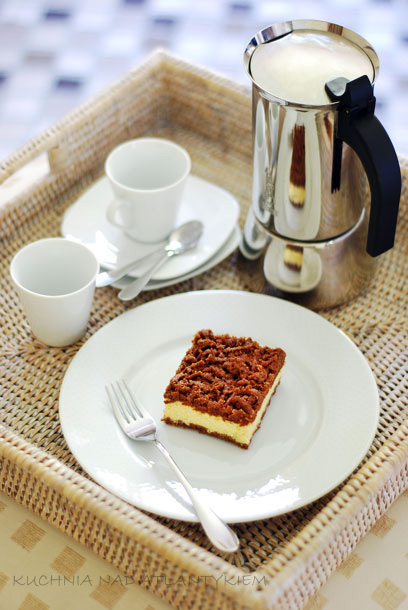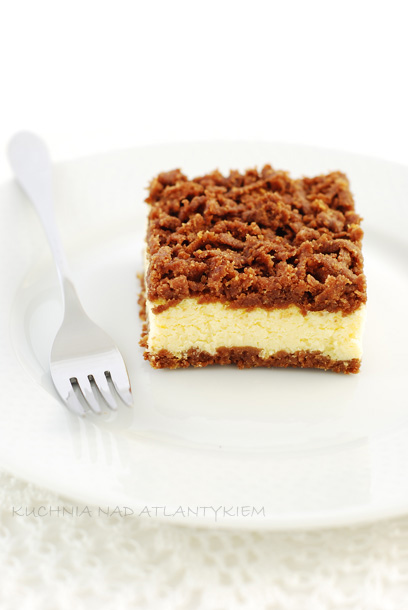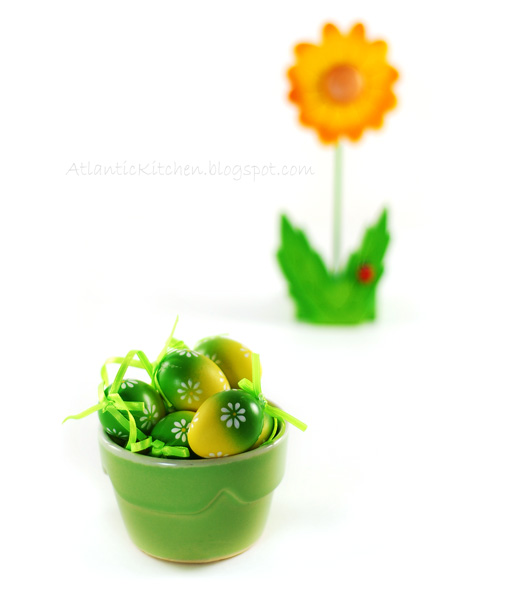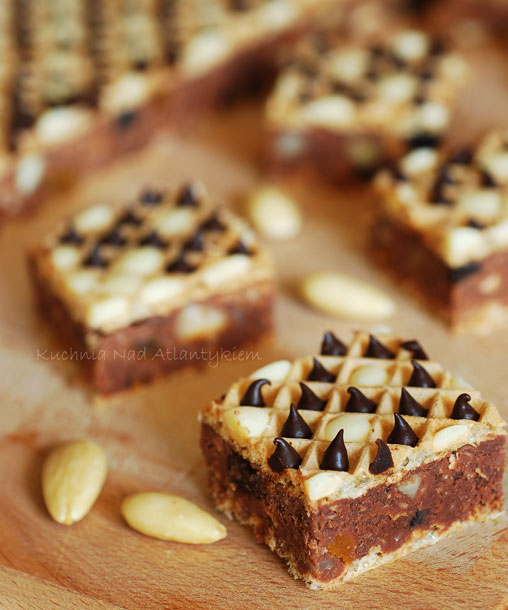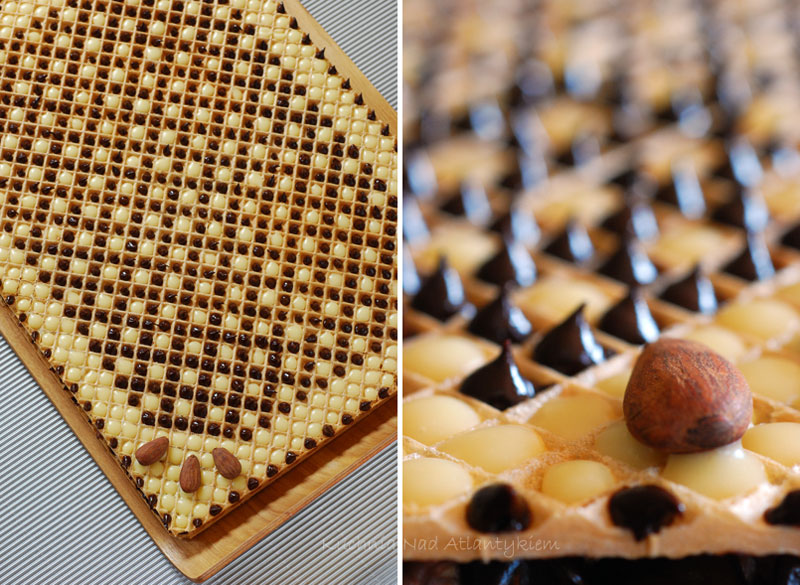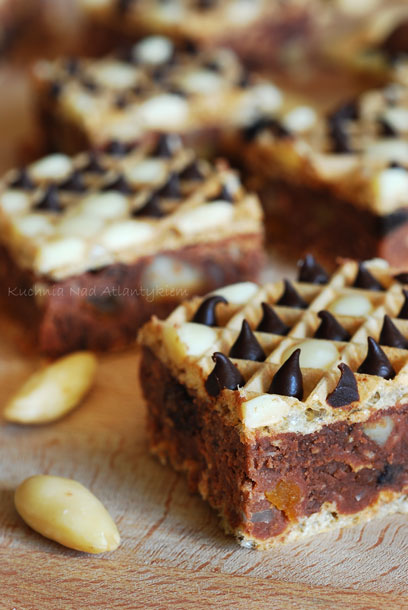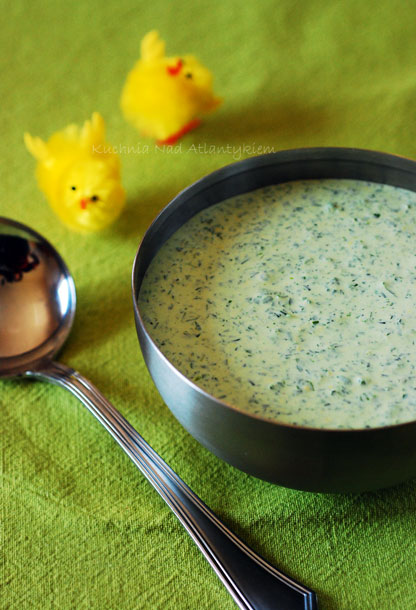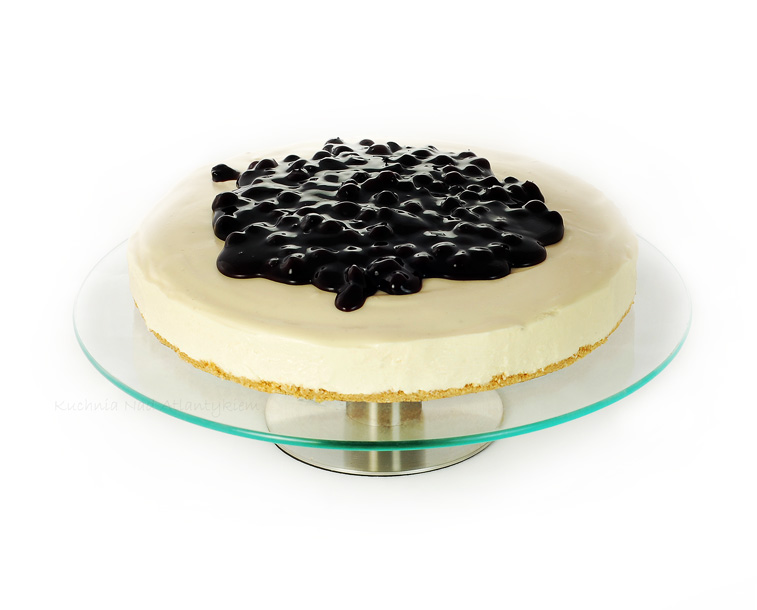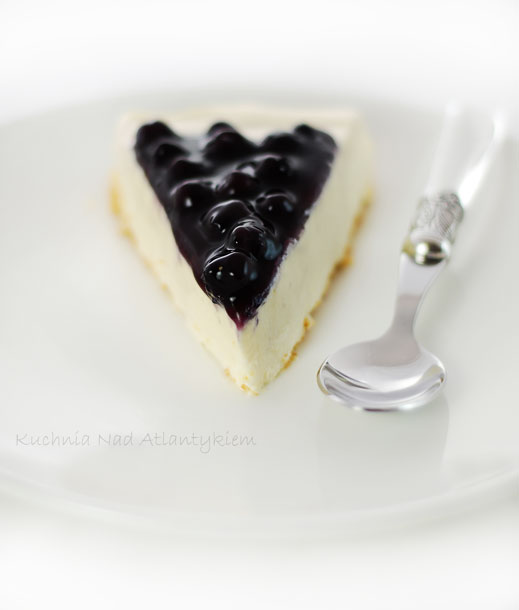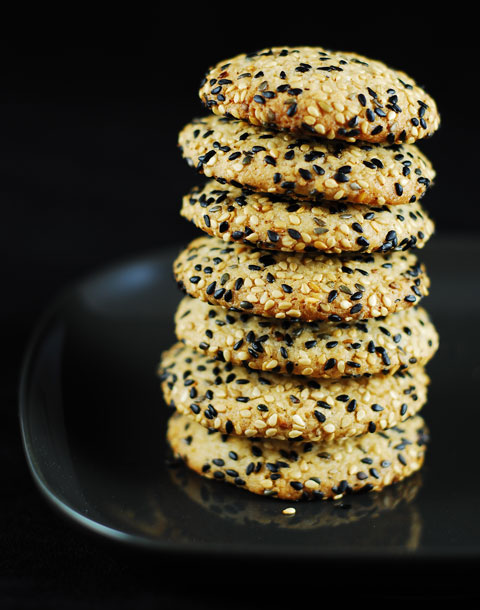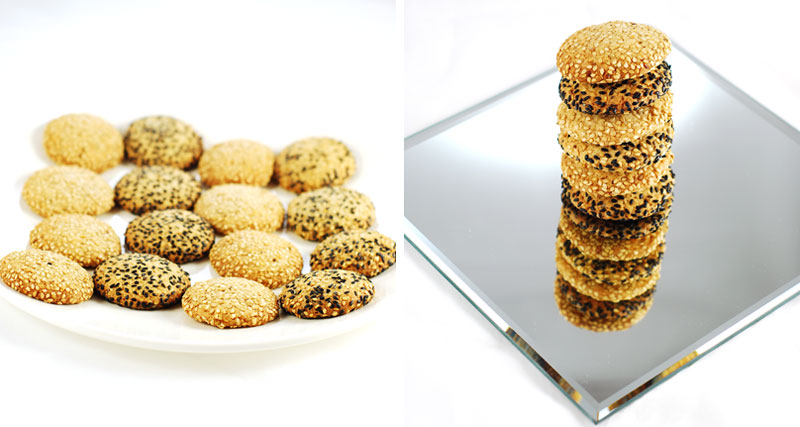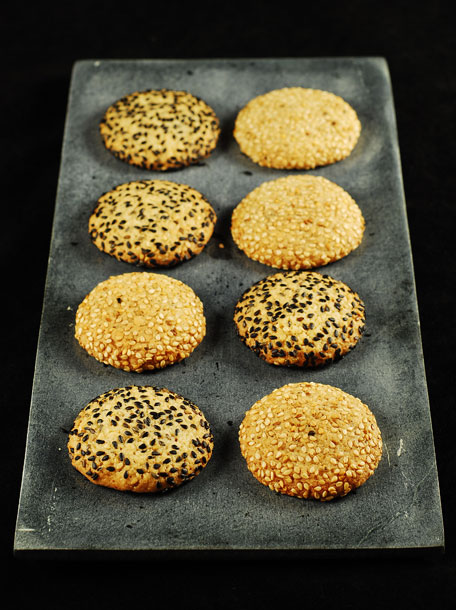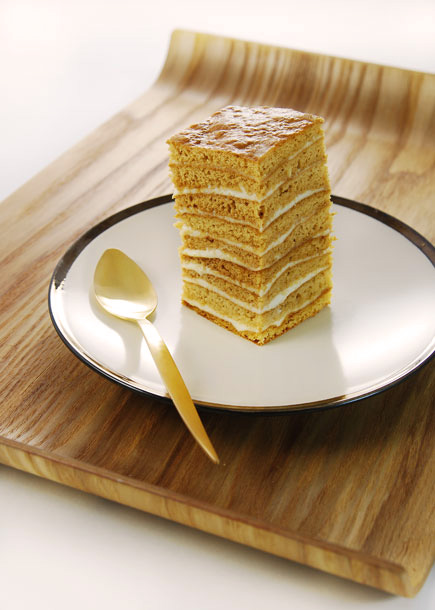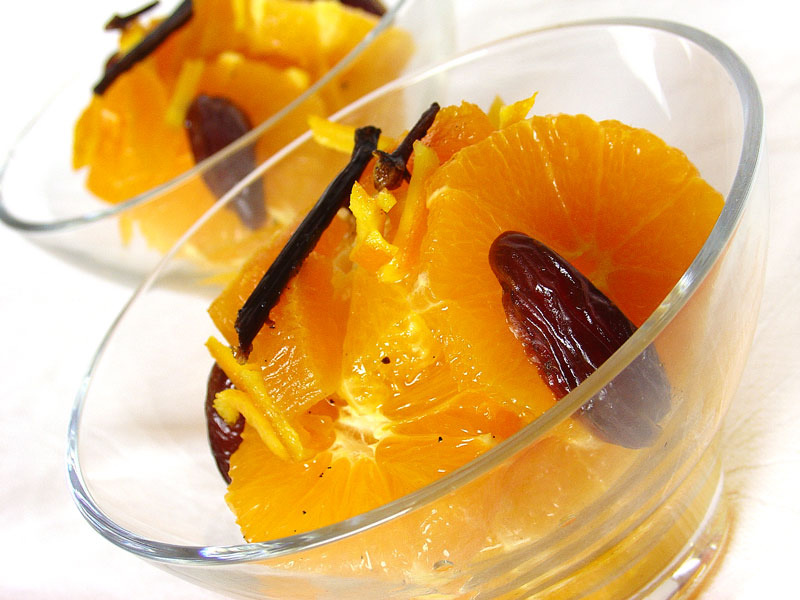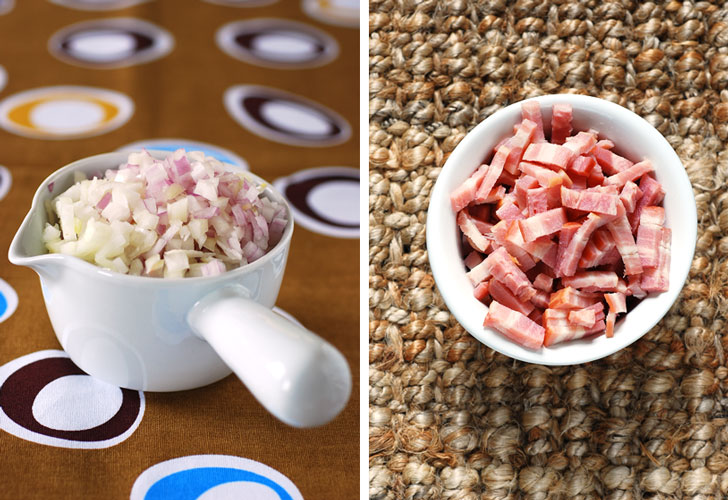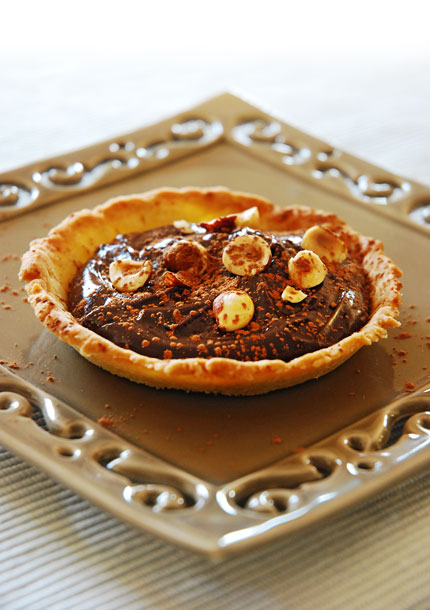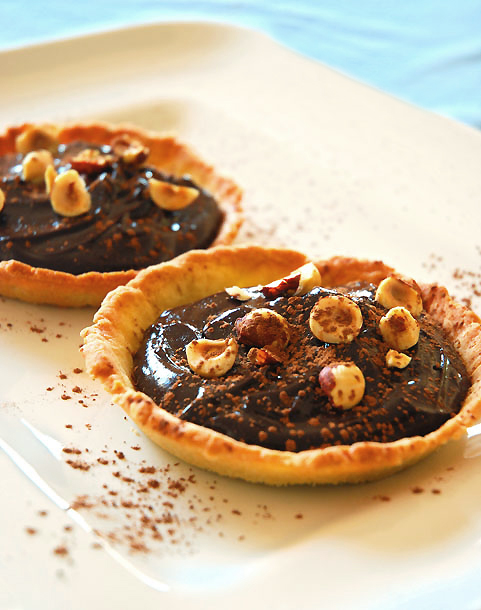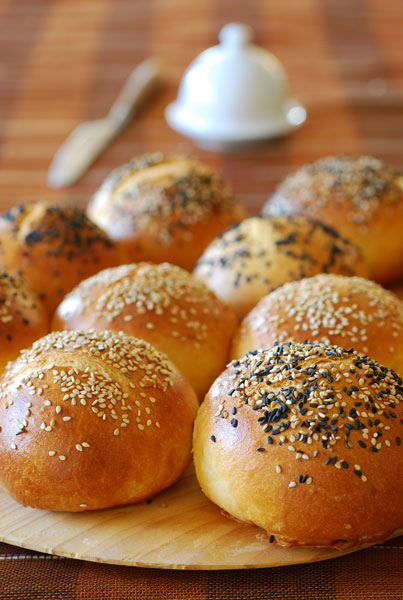The pudding of my childhood... Now with some rhubarb and raspberries to balance the smoothness sweetness of vanilla milk rice. You can try it with different fruit combination. Strawberries and rhubarb, raspberries and peaches, blackberries and apricots. Just use your imagination and the best seasonal produce.
Raspberry and Rhubarb Vanilla Rice Pudding
4 - 6 servings
1 liter of 3.5% fat milk
pinch of salt
100g short-grain rice
100-120g of sugar
1 / 2 vanilla bean
350g rhubarb cut into small pieces
1 / 2 teaspoon grated lemon peel
30g sugar (or slightly more if the rhubarb is very tart)
125g raspberries
Bring the milk to boil in a large pan with the vanilla bean split in half . Add to the boiling milk rice (previously rinsed) and a pinch of salt. At a very low heat (it has just to simmer very gently) cook it covered for about 1 hour, stirring frequently, until rice begins to thicken. If you have too much milk at the end of cooking, take off the lid for the last 15-20 minutes, so the liquid may evaporate. 10 minutes before the end of cooking add the sugar and remove vanilla bean.
Mix chopped rhubarb with sugar and lemon peel in a small saucepan. Cover it and cook over low heat until it falls apart and creates a kind of mousse.
When the rice cools down a little put it into bowls or glasses and top with rhubarb mousse and raspberries. You can eat it warm, at room temperature or cold from the fridge.
Enjoy !



